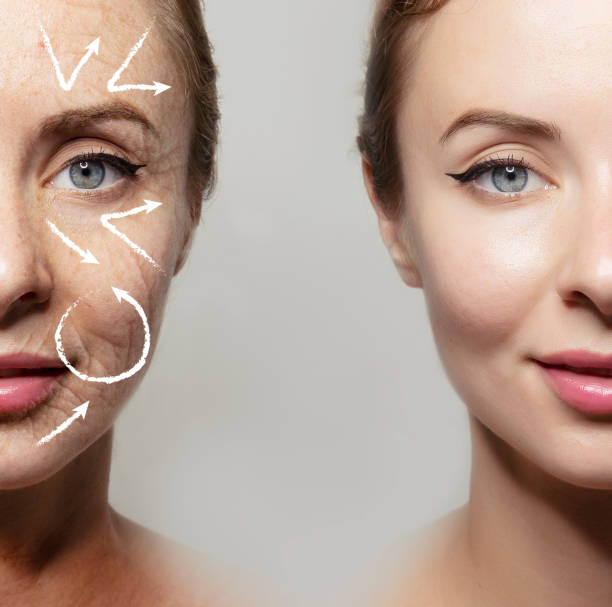Table of Contents
What is a Facelift?
A facelift, also known as rhytidectomy, is a cosmetic surgery procedure that tightens and lifts sagging skin on the face and neck. There are two main types of facelifts: traditional and mini facelifts.
Traditional Facelift
A traditional facelift addresses moderate to severe signs of aging in the lower two-thirds of the face and neck. This technique involves making incisions around the ears and hairline to remove excess skin and reposition underlying muscles and tissues.
Mini Facelift
A mini facelift is a less invasive procedure that targets mild to moderate sagging in the lower face. It typically involves smaller incisions and focuses on the cheeks, jawline, and jowls.

Preparation for a Facelift
Prior to your surgery, your surgeon will provide you with detailed instructions to help you prepare. This may include stopping certain medications, arranging for a caregiver, and preparing your home for recovery.
The Facelift Procedure
Facelift surgeries are typically performed under general anesthesia or local anesthesia with sedation. The procedure can take several hours, depending on the extent of the surgery and the techniques used.
Day 1: Post-Procedure
Immediately after surgery, you’ll likely experience swelling, bruising, and discomfort. Your face will be bandaged, and you may have drainage tubes in place to reduce fluid accumulation. It’s important to follow your surgeon’s instructions for pain management and keep your head elevated to minimize swelling.
Day 2: Managing Swelling and Bruising
On the second day, you’ll continue to experience swelling and bruising. Applying cold compresses and taking over-the-counter or prescribed pain medications can help alleviate discomfort. Remember to keep your head elevated and avoid any strenuous activities.

Day 3: Starting Gentle Movements
By day three, you should start incorporating gentle movements into your daily routine. Walking around your home can help promote circulation and reduce the risk of blood clots. However, avoid bending over or lifting heavy objects.
Day 4: Assessing Healing Progress
On day four, you’ll begin to notice gradual
improvements in your appearance as swelling and bruising start to subside. Continue to follow your surgeon’s instructions for care and activity restrictions.
Day 5: First Follow-Up Appointment
Around day five, you’ll likely have your first post-operative appointment with your surgeon. They will assess your healing progress, remove any drainage tubes, and address any concerns you may have.

Day 6: Stitches and Sutures Removal
Depending on the type of sutures used and your individual healing progress, your surgeon may remove some or all of your stitches on day six. Be sure to follow their guidelines for keeping the incision sites clean and protected.
Day 7: Returning to Light Activities
By day seven, you may be able to return to light activities, such as gentle walking or stretching. However, avoid strenuous exercise and heavy lifting for at least a few more weeks, as advised by your surgeon.
Tips for a Smooth Recovery
To ensure a successful recovery, follow these helpful tips:
Stay Hydrated
Drink plenty of water to promote healing and flush out toxins.
Take Prescribed Medications
Follow your surgeon’s instructions for taking any prescribed medications, such as pain relievers or antibiotics.
Avoid Strenuous Activities
Refrain from engaging in strenuous activities and heavy lifting for the duration advised by your surgeon.

When to Contact Your Surgeon
Contact your surgeon if you experience any unusual symptoms, such as excessive pain, discharge from the incision sites, or signs of infection, like fever and increased redness or swelling.
Expectations for Long-Term Results
As your face continues to heal, your final results will gradually become more apparent. Most patients see significant improvements within a few months, with full results visible after six months to a year.
Conclusion
The first week after a facelift is crucial for proper healing and achieving the best possible results. By following your surgeon’s instructions and taking care of yourself, you’ll be on the road to a smooth recovery and a rejuvenated appearance.
You May Also Like: The Art of Natural Looking Facelift: Tips from Top Surgeons


